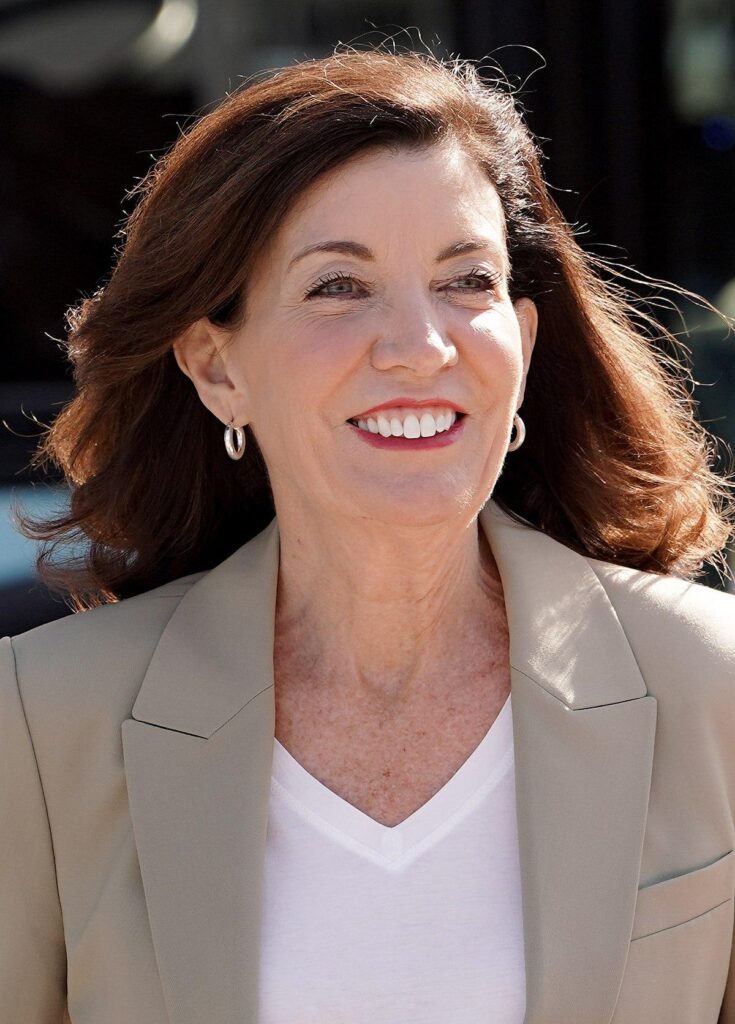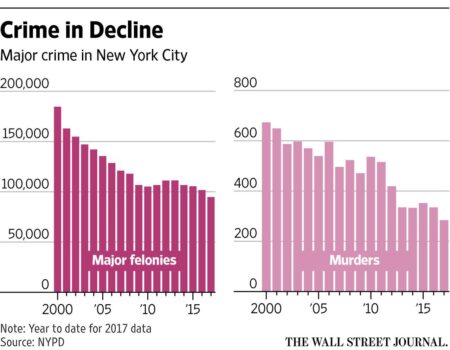Governor Hochul Defies TrumpŌĆÖs Criticism, Champions New YorkŌĆÖs Congestion Pricing Initiative
HochulŌĆÖs Resolute Defense of Congestion Pricing Amid Political Pushback
New York Governor Kathy Hochul has taken a firm stand against former President Donald TrumpŌĆÖs vocal opposition to the stateŌĆÖs congestion pricing proposal. She insists that New York will not be intimidated or deterred by political dissent as it advances one of the countryŌĆÖs most comprehensive strategies to alleviate traffic congestion and enhance public transportation funding in New York City. Hochul underscores the planŌĆÖs vital role in fostering a healthier, more sustainable urban environment, emphasizing that the stateŌĆÖs commitment to this initiative remains unwavering despite partisan challenges.
Highlights of Governor HochulŌĆÖs position include:
- Environmental Commitment: Targeting a substantial decrease in vehicular emissions to combat pollution.
- Investment in Transit: Allocating generated revenues to upgrade and expand public transportation networks.
- Health Improvements: Anticipated reductions in air pollution-related illnesses among city residents.
- Political Resolve: Maintaining leadership autonomy in the face of partisan opposition.
| Focus Area | Projected Outcome |
|---|---|
| Vehicle Traffic | Expected 15-20% decline in cars entering Manhattan |
| Funding Allocation | Improvements to subway and bus infrastructure |
| Environmental Impact | Enhanced air quality through emission reductions |
Economic and Environmental Advantages of New YorkŌĆÖs Congestion Pricing
The introduction of congestion pricing in New York City is anticipated to deliver considerable economic and ecological benefits. By curbing the number of vehicles in high-traffic zones, the policy aims to shorten commute times and boost overall productivity. This efficiency gain translates into cost savings for businesses through faster deliveries and reduced fuel consumption. Economically, the initiative is projected to generate over $1 billion annually, funds earmarked for critical public transit enhancements and infrastructure modernization, which will support sustainable urban development.
From an environmental perspective, the policyŌĆÖs impact is equally significant. Reduced traffic congestion leads to lower emissions of greenhouse gases and harmful pollutants, contributing to cleaner air and healthier communities. Key environmental benefits include:
- Decreased carbon dioxide output, aligning with New YorkŌĆÖs climate action targets.
- Reduction in nitrogen oxides and particulate matter, lowering risks of asthma and other respiratory conditions.
- Promotion of alternative transportation such as cycling, walking, and public transit usage.
| Benefit Type | Anticipated Effect | Implementation Timeline |
|---|---|---|
| Traffic Congestion | Reduction by 20-30% | Within 1 Year |
| Public Transit Funding | Over $1 Billion annually | Ongoing |
| Emission Reduction | 15% decrease | Within 5 Years |
Obstacles: Legal Battles and Political Opposition to Congestion Pricing
Governor HochulŌĆÖs push for congestion pricing faces a complex array of legal and political hurdles. Several lawsuits challenge the planŌĆÖs adherence to state environmental regulations and raise concerns about its financial impact on low-income commuters. Politically, the initiative encounters resistance from influential figures, including former President Trump, who labels the plan as an unjust tax increase. This opposition complicates efforts to secure legislative approval, as some lawmakers express apprehension about the economic consequences for their constituents.
- Legal Challenges: Environmental compliance disputes and equity-related lawsuits.
- Political Opposition: Resistance from conservative leaders and suburban representatives.
- Public Opinion: Mixed reactions from commuters, environmentalists, and business communities.
| Group | Main Concern | Potential Effect |
|---|---|---|
| Legal Advocates | Environmental Law Compliance | Possible delays or plan adjustments |
| Political Critics | Claims of Excessive Taxation | Legislative obstacles |
| Daily Commuters | Increased Travel Costs | Public resistance |
| Environmental Organizations | Emission Reductions | Strong advocacy support |
Despite these challenges, Governor Hochul remains resolute, asserting that New York will not be ŌĆ£steamrolledŌĆØ by political opposition. Her administration is collaborating closely with legal experts and community stakeholders to address concerns and highlight the long-term advantages of congestion pricing, including cleaner air and enhanced transit funding. This phase represents a pivotal moment as the state prepares to navigate ongoing legal scrutiny and political debate.
Strategies to Foster Bipartisan Backing for Urban Traffic Reforms
Securing bipartisan support for congestion pricing and related urban traffic solutions requires focusing on shared objectives rather than partisan divides. Emphasizing the universal benefitsŌĆösuch as reduced gridlock, improved air quality, and strengthened public transitŌĆöcan unite policymakers across the political spectrum. Presenting robust, data-driven evidence demonstrating how these measures boost economic efficiency and quality of life is essential. Engaging a broad coalition of community members, business leaders, and environmental advocates fosters inclusive dialogue and ensures policies address diverse stakeholder needs.
- Stress common economic advantages to appeal to fiscally conservative legislators.
- Showcase successful models from cities like London and Stockholm, where congestion pricing has proven effective.
- Involve bipartisan task forces early to smooth legislative pathways.
| Approach | Anticipated Result |
|---|---|
| Community Engagement Sessions | Build grassroots support and trust |
| Transparent Data Sharing | Increase policy credibility and accountability |
| Cross-Party Collaboration | Facilitate smoother legislative approval |
Addressing concerns about the financial impact on commuters and small businesses is crucial. Implementing targeted subsidies or temporary exemptions during the initial rollout can help alleviate resistance and demonstrate a commitment to equity. Clear, consistent communication campaigns that highlight environmental, health, and economic benefits will further align interests across political lines. Ultimately, fostering a cooperative environment where differing perspectives are respected will be key to overcoming opposition and advancing effective urban traffic reforms.
Looking Ahead: New YorkŌĆÖs Commitment to Sustainable Urban Mobility
As the debate over congestion pricing intensifies, Governor Kathy Hochul remains unwavering in her dedication to implementing the plan despite opposition from former President Trump and his supporters. By prioritizing sustainable infrastructure funding and innovative urban mobility solutions, HochulŌĆÖs leadership reflects a broader resolve within New YorkŌĆÖs government to focus on long-term benefits rather than short-term political pressures. This ongoing conflict underscores the intricate relationship between transportation policy and political dynamics as New York charts its course toward a cleaner, more efficient future.













